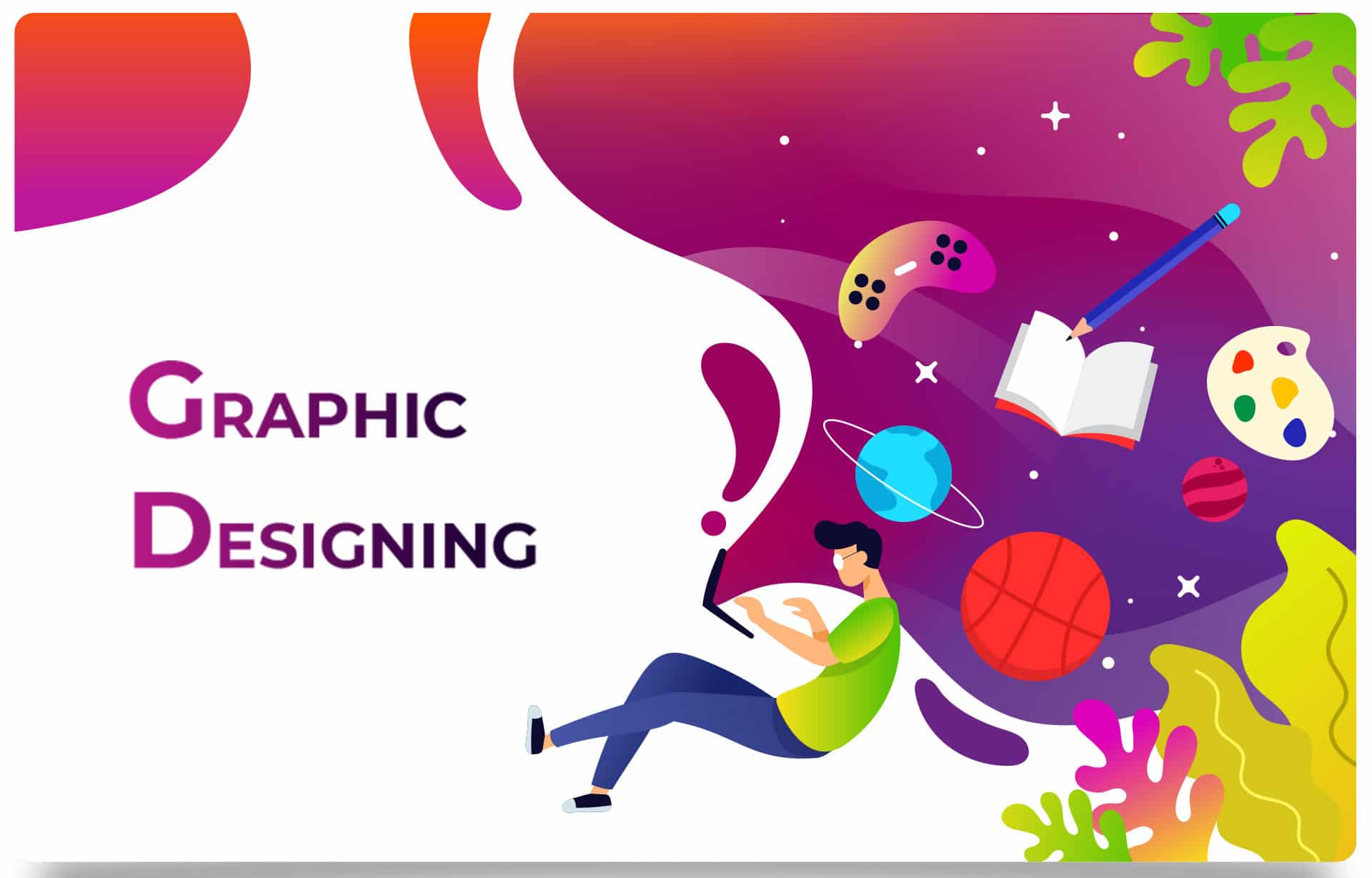Transforming Brands: How Graphic Design Amplifies Communication
In today’s visually driven world, graphic design services play a crucial role in helping brands communicate effectively and stand out in a crowded marketplace. These services encompass a wide range of offerings, from logo creation and branding to digital marketing materials and packaging design. At the heart of graphic design lies the ability to blend creativity with strategy, ensuring that every visual element serves a purpose and resonates with the target audience.
The essence of graphic design lies in its power to convey messages. A well-designed logo can become synonymous with a brand’s identity, instantly evoking emotions and recognition. The choice of colors, typography, and imagery can influence consumer perceptions and behaviors. For instance, a bold color palette might suggest energy and innovation, while softer tones may communicate calmness and reliability. Graphic designers carefully consider these elements to create visuals that not only look appealing but also tell a story and embody a brand’s values. This storytelling aspect is essential in creating a deeper connection with the audience, fostering trust and loyalty.
In the realm of digital marketing, graphic design services are indispensable. Eye-catching social media graphics, engaging infographics, and persuasive email templates can significantly enhance a brand’s online presence. These designs are tailored to capture attention in a fast-paced digital landscape, where users scroll through countless images and content daily. A compelling design can stop the scroll and invite potential customers to engage further with a brand. The rise of content marketing has underscored the importance of visual content; studies show design graphic services that visual content is more likely to be shared and retained, making it an essential part of any marketing strategy. Furthermore, incorporating animations and video content can further enhance engagement, as motion graphics often attract even more attention than static images.
Moreover, graphic design is not limited to digital platforms. Print materials such as brochures, business cards, and posters continue to play a vital role in marketing strategies. A well-crafted brochure can provide in-depth information about a product or service while leaving a lasting impression on potential clients. In a world where first impressions matter, investing in high-quality graphic design can differentiate a brand from its competitors. The tactile experience of print materials can create a memorable interaction that digital alone often cannot achieve. For instance, a beautifully designed business card can lead to meaningful conversations, while an impactful poster can draw crowds at an event.
Collaboration is another key aspect of graphic design services. Designers often work closely with clients to understand their vision, goals, and audience. This partnership allows for the development of customized solutions that align with a brand’s unique identity. Feedback and revisions are integral to the process, ensuring that the final product not only meets the client’s expectations but also resonates with the intended audience. This iterative approach fosters a sense of ownership and satisfaction for both the designer and the client. Additionally, a collaborative environment can lead to innovative ideas and concepts that might not have emerged in a more isolated process.
As technology continues to evolve, so do the tools and techniques available to graphic designers. From advanced software that enables intricate designs to new platforms for digital marketing, designers are continually adapting to stay relevant. This ongoing learning is essential in an industry where trends change rapidly. Staying up to date with design trends not only enhances a designer’s skill set but also ensures that the work produced is modern and impactful. Innovations such as augmented reality (AR) and virtual reality (VR) are opening new frontiers for designers, allowing them to create immersive experiences that engage users in exciting ways. These technologies offer unique opportunities for brands to showcase their products and services in interactive formats that captivate audiences.
Sustainability is becoming increasingly important in graphic design as well. Many brands are now looking for eco-friendly design solutions that minimize waste and promote sustainability. Designers are responding by using recycled materials, digital platforms, and sustainable practices that align with a brand’s values. This commitment not only appeals to environmentally conscious consumers but also positions brands as responsible and forward-thinking. For instance, utilizing biodegradable materials for packaging or promoting digital invitations over paper can make a significant impact on a brand’s ecological footprint.
Furthermore, the rise of remote work and global collaboration has transformed the graphic design landscape. Designers can now connect with clients and teams from around the world, allowing for a diverse range of ideas and perspectives to inform their work. This global collaboration can lead to richer, more inclusive designs that resonate across cultures and demographics. With access to a broader talent pool, brands can tap into specialized skills that enhance their projects and deliver truly unique visuals.
In conclusion, graphic design services are a vital component of effective communication in today’s marketplace. Through a blend of creativity, strategy, and collaboration, designers create visuals that resonate with audiences and convey powerful messages. Whether through digital channels or traditional print materials, the impact of thoughtful graphic design is undeniable, making it an essential investment for any brand looking to thrive in a competitive environment. As businesses navigate an ever-changing landscape, harnessing the power of graphic design can lead to enhanced brand recognition, deeper customer engagement, and ultimately, lasting success. In a world where visual communication is paramount, investing in quality graphic design is not just a choice; it’s a necessity for any brand aiming to make its mark.
